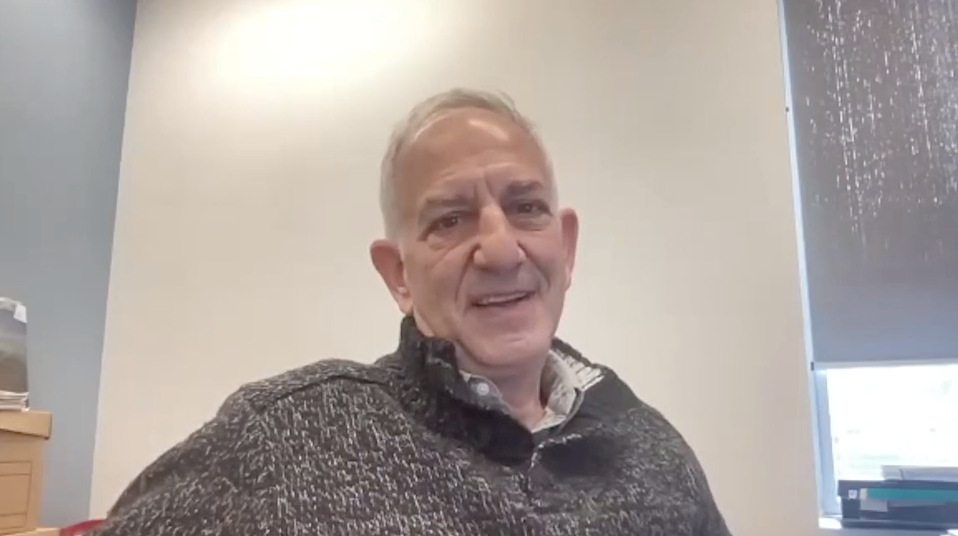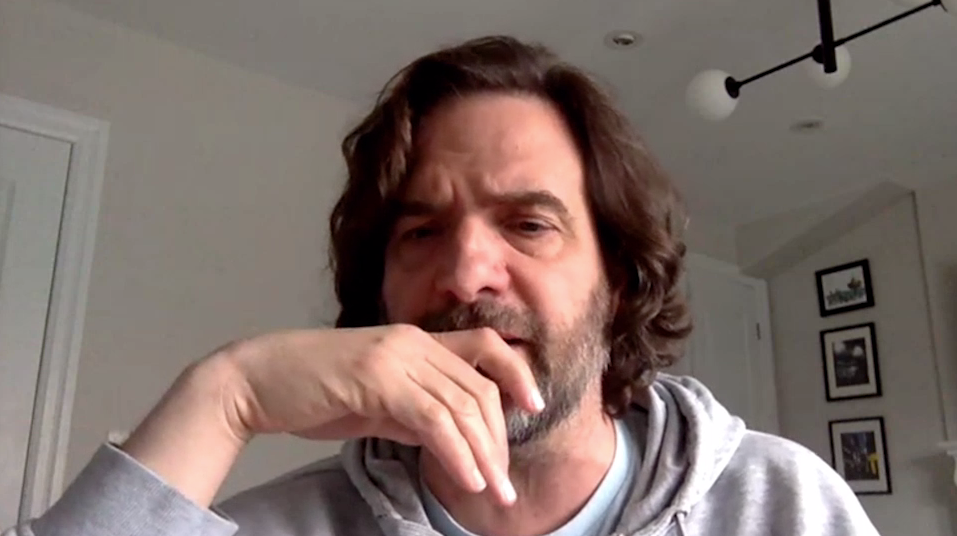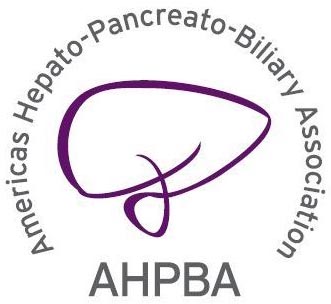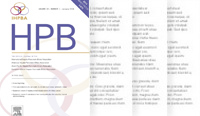International Hepato-Pancreato-Biliary Association
Vasculobiliary injury [M28]
Post-op Debrief
Post-op Debrief
Key points from this case
Key points from this case
-
Presence of an accessory artery to the left liver helped to preserve liver function to give us the option for resection.
-
The deteriorating condition of the patient and available options weigh in on the timing of choosing surgical treatment.
The patient went very well. This is the CT scan done a few days after our surgery. Because the patient had some fever and she had some sub-phrenic collection. But the interesting thing to see on the CT scan is how the left sector of the liver was re-perfused with a good portal and arterial flow. There’s some free collection in the right hepatic liver but you can see here how the portal vein is flowing very well. This is the portal vein with a good flow coming from the SMV. You can see here. All of this were blocked by thrombus as we saw in the first CT and now its totally open and you see how this is the Rex process of the portal vein inside the liver, the branches to Sg2 and 3 and also to Sg4. The other important thing to see here is the artery, here the left artery is flowing very well and is also patent. Remember that this is not the proper artery, this is an accessory artery coming from the stomach but it was enough to perfuse all the liver.
So in summary, this was a successful treatment of a very young woman with a complex vasculobiiliary injury after an open cholecystectomy plus bile duct exploration for choledocholithiasis. And this procedure was very important to avoid an emergency liver transplant for the patient and for the the reoperation for the liver dysfunction, portal vein reconstruction. So we were able to identify the Rex process and do a Rex shunt from the SMV.
Again the presence of the accessory left hepatic artery from the left gastric artery, probably favored that the patient not remain total anhepatic after the original procedure of open cholecystectomy and she was able to maintain the arterial perfusion in the lateral sector of the liver with a minimum of liver function which allowed to survive this patient and give some time to do the final repair with this shunt from the SMV. Thank you very much.
Acknowledgements
Thank you to the HPB Surgeons who contribute their time and expertise. This content is made possible through educational grants from:
Case 28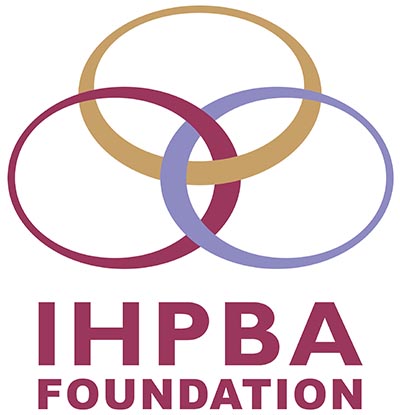

Views and opinions expressed in all videos and module content are those of the individual surgeon and solely intended for surgical education purposes. We do not endorse any product, treatment or therapy.
Corporate Partners
If you are interested in becoming a Corporate Partner of the IHBPA please contact industry@ihpba.org
Find out more
 Go to myHPB
Go to myHPB

